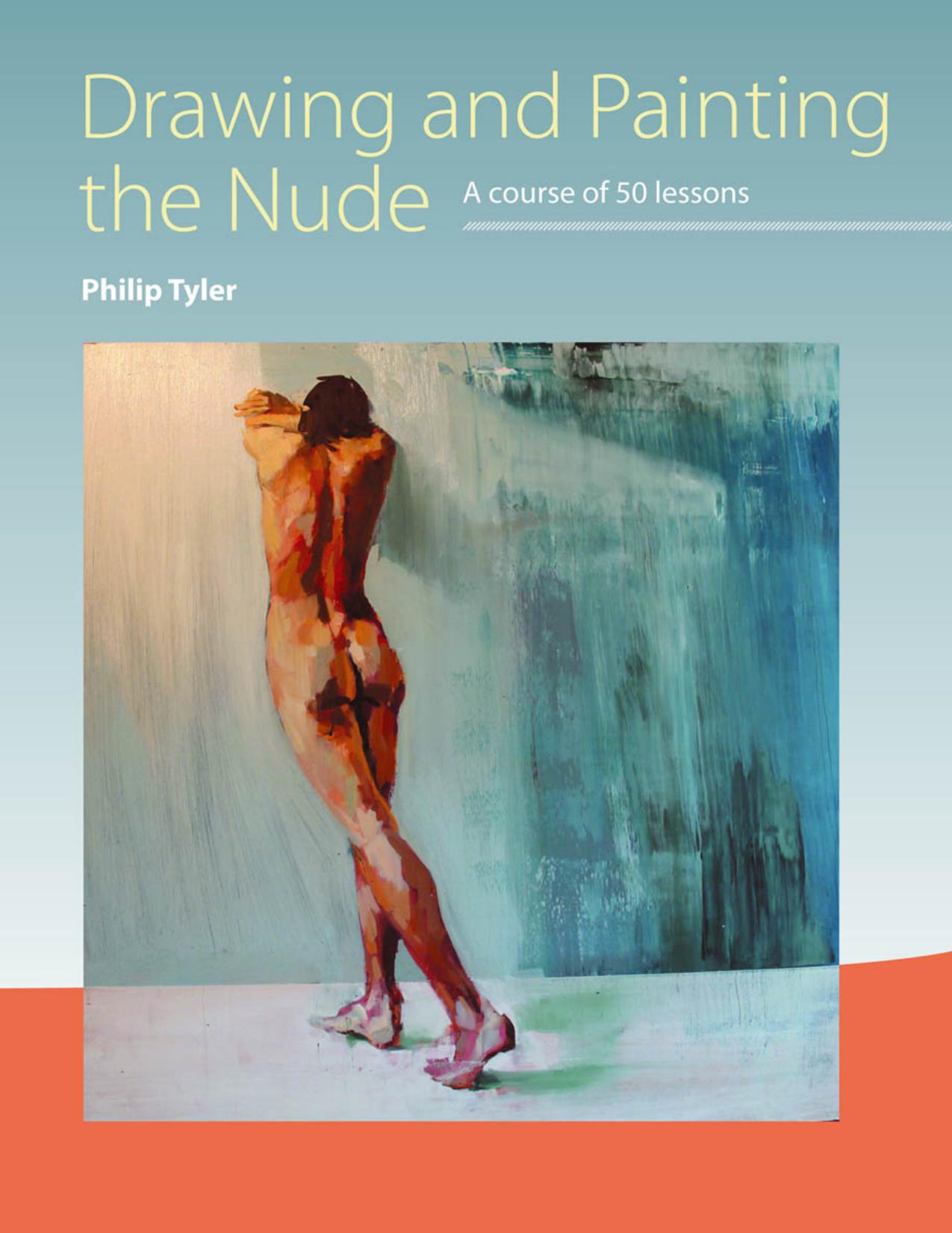Drawing and Painting the Nude by Philip Tyler

Author:Philip Tyler
Language: eng
Format: epub, pdf
ISBN: 9781785000485
Publisher: Crowood
A theatrical piece of lighting from below. You see Lautrec experimenting with stage lighting in his work.
Light is crucial to our understanding of form and without it you will struggle with any tonal media. You need to consider the notion of directional light, either from above, below or from the side (or a combination of these) as well as reflected light and ambient light. Exciting results can be yielded from simple means, but a room with strips of fluorescent lights will create multiple light sources, which will simply flatten form. If you are sitting with the light source directly behind you then your model may well be flatly lit. Whilst they may have changes of colour on their flesh due to sun exposure, etc., there is very little to be seen and it makes the task of drawing them very difficult. If you were on the opposite side to the light source, then you would be looking at a silhouetted figure where the background will be very light and the figure shrouded in darkness and this is another difficult position. But if the light is to the side of the model, raking light will create highlights and shadows. The wall opposite the light source will reflect back into the shadow area and yield more subtle variations of tone, which will help clarify the form.
Sean Cheetham uses studio lighting angled high and to the left of the sitter to mimic the same kind of light found in a Singer Sargent portrait. Diarmuid Kelley creates a light chamber in his studio, effectively a series of screens and fabric overhang, which create a black space. On the side of this, he has an old window frame (found from his days at Newcastle) being the sole light entry point. This enables him to create the kind of darkness you might see in a Caravaggio or a Hammershøi.
A north-facing light source produces the most consistent direction of light throughout the day, but how do you cope if you do not have this kind of space? Even a candle, or a small lamp can yield exciting highlights, shadows and mystery. Bounced light will yield softer illumination and can be created with a single sheet of A1 paper. By holding the paper opposite the light source, a more diffuse bounced light can be thrown back into the shadows. Subtle difference of lighting in terms of height and angle to the figure will create different results. Remember that you can only draw a range of tones if you can see a range of tones. Playing with lighting so that the lights reveal the form is not just central to drawing the figure from life in tone, it is also one of the most vital things to get right in photography. Anybody that uses photography to draw or paint from must get lighting to work for them: many bad paintings are the result of bad lighting.
Download
Drawing and Painting the Nude by Philip Tyler.pdf
This site does not store any files on its server. We only index and link to content provided by other sites. Please contact the content providers to delete copyright contents if any and email us, we'll remove relevant links or contents immediately.
| Erotica | Human Figure |
| Landscapes & Seascapes | Plants & Animals |
| Portraits | Religious |
| Science Fiction & Fantasy | Women in Art |
The Secret History by Donna Tartt(16611)
Red Sparrow by Jason Matthews(4655)
Harry Potter 02 & The Chamber Of Secrets (Illustrated) by J.K. Rowling(3289)
In a Sunburned Country by Bill Bryson(2941)
Figure Drawing for Artists by Steve Huston(2792)
The Daily Stoic by Holiday Ryan & Hanselman Stephen(2703)
Drawing Cutting Edge Anatomy by Christopher Hart(2672)
The Roots of Romanticism (Second Edition) by Berlin Isaiah Hardy Henry Gray John(2565)
Japanese Design by Patricia J. Graham(2552)
Make Comics Like the Pros by Greg Pak(2421)
Stacked Decks by The Rotenberg Collection(2267)
Harry Potter and the Deathly Hallows (7) by J.K. Rowling(2213)
On Photography by Susan Sontag(2128)
Draw-A-Saurus by James Silvani(2102)
Tattoo Art by Doralba Picerno(2080)
Foreign Devils on the Silk Road: The Search for the Lost Treasures of Central Asia by Peter Hopkirk(2053)
The Traveler's Gift by Andy Andrews(2008)
Churchill by Paul Johnson(2006)
Drawing and Painting Birds by Tim Wootton(1997)
